Best Liquor Under ₹10,000 for a Perfect New Year 2026 Party
2025-12-05

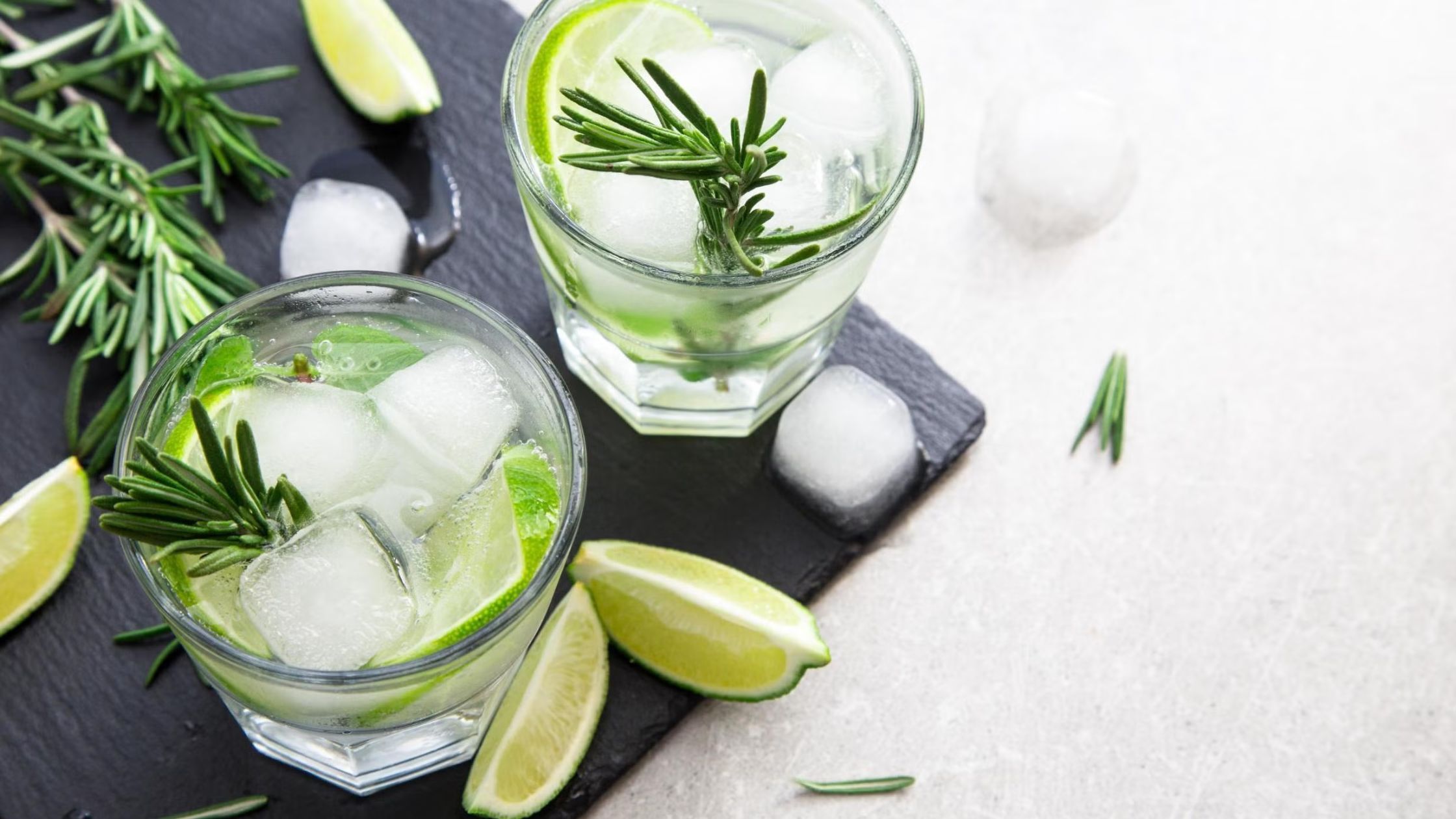
Gin is likely the most misunderstood spirit in the bar world. Some people say gin tastes like a Christmas tree, while others think it is just too bitter or reminds them of liquor from the old days. But if you look closer, there is no denying that gin is one of the most diverse and lively spirits out there. More importantly, there is a gin for everyone (and every palate). From classic London Dry gins to a whole new world of gins with various botanicals like Douglas fir and lavender, you can probably find something you're going to enjoy.
Regardless of whether you are a beginner drinker or an experienced drinker trying to up your gin game, knowing some expert advice on how to drink gin could put you way ahead of the game. Here is some advice on how to drink gin like a pro.
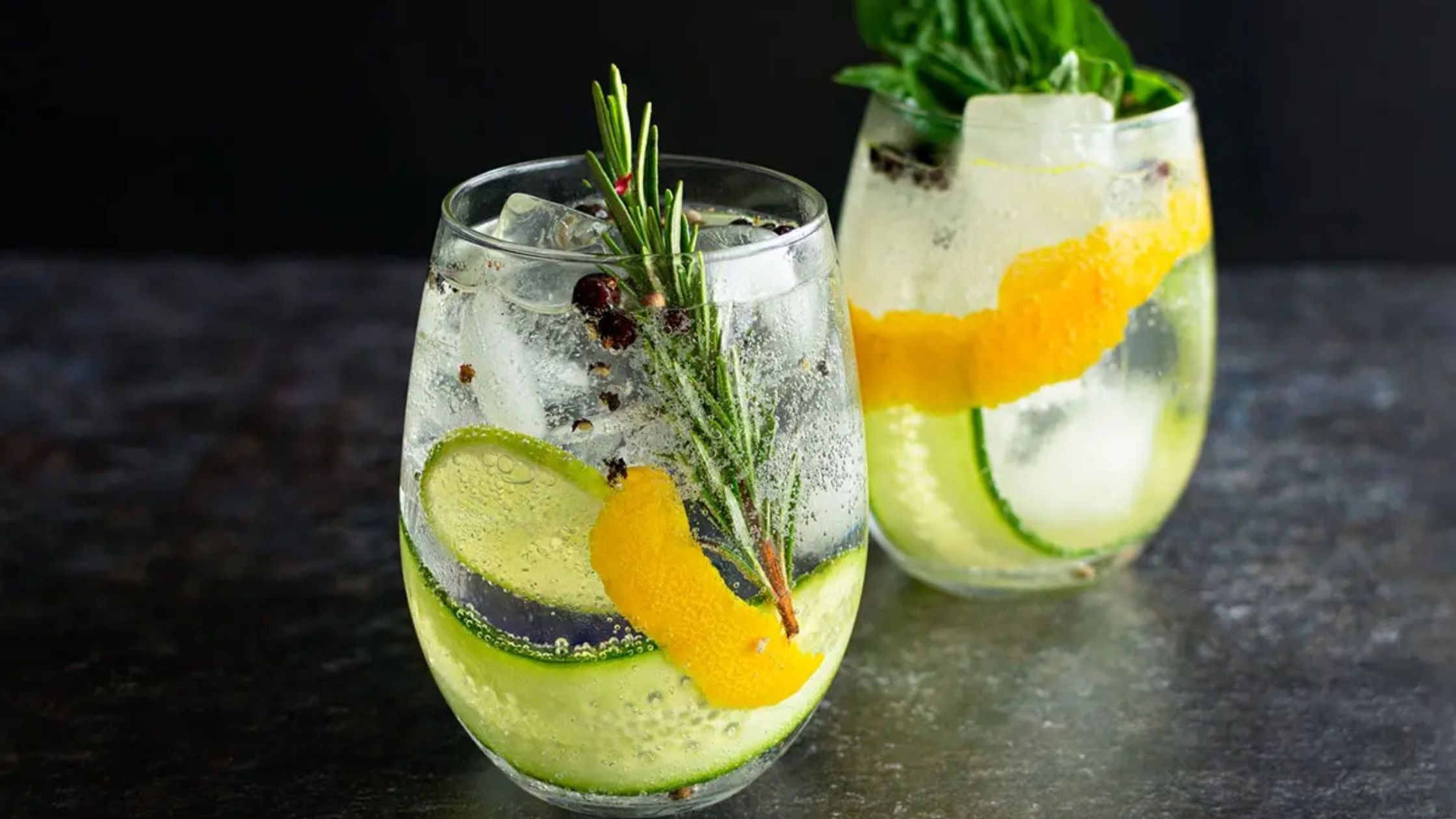
Before you consume gin straight, it's best to get acquainted with it in its natural setting: the cocktail. We asked Keli Rivers, a gin aficionado at Whitechapel bar in San Francisco (the bar boasts over 600 gins), about any potential misconceptions of gin, to which she stated that a Martini might be the best avenue in which to understand the core personality of any gin.
"Try each gin in a Martini or a somewhat neutral drink to highlight botanicals and see what the gin can do," Rivers advises. Gin isn't meant to hide in a cocktail; it's designed to elevate it. The Martini, with its simplicity, allows the botanicals to shine through. Even if you're not a Martini lover, try it at least once to understand how a gin interacts with a minimalist set of ingredients.
| Pro Tip: Start with a 2:1 ratio of gin to dry vermouth, stirred over ice, and garnish with a lemon twist or olive depending on the gin's flavor profile. It's the best way to drink gin and appreciate its essence |
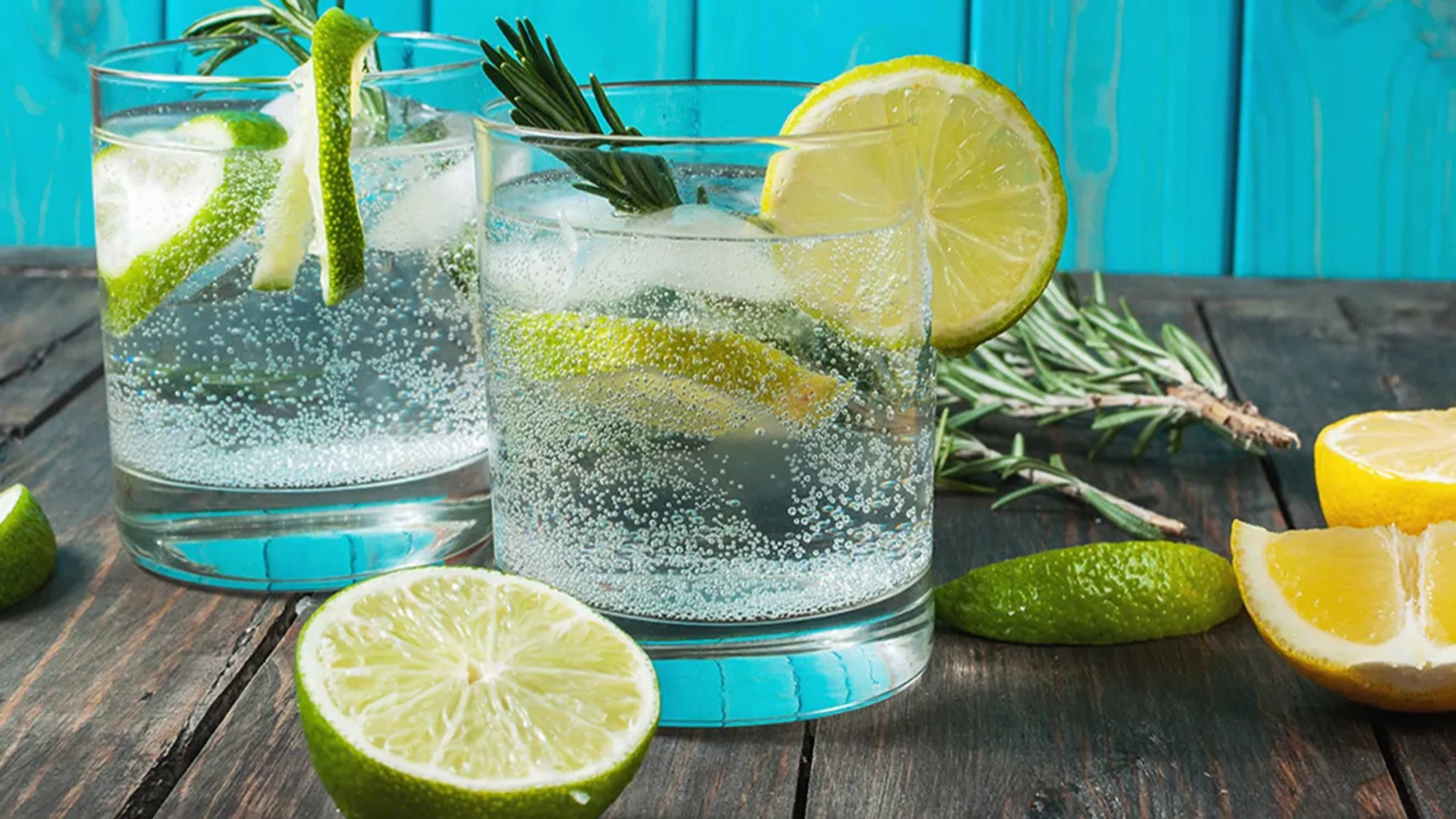
The Gin and Tonic might be the quintessential gin drink. But don't just reach for an arbitrary tonic from the shelf; the mixer matters. David T. Smith, co-writer of The Craft of Gin and gin some reviewer at Summer Fruit Cup, states tonic should be chilled, and it should be a quality tonic: " of the tonic is warm, the whole mix will tend to taste sweeter and be less fizzy."
Beyond that, you should try other mixers, too. Not only is there the standard tonic, but there are also other tonics infused with rosemary or citrus sodas, San Pellegrino. There's no reason to stick with tonic. Even cola, although hotly debated, can complement certain gins surprisingly well. As Smith says with a reference to The Who: "Substitute my coke for gin."
Read also : Best Gin Cocktail: From Classics to Modern Marvels
| Pro Tip: Match tonic flavors with your gin's botanicals. A floral gin pairs well with elderflower tonic; a herbaceous gin matches beautifully with rosemary- or thyme-infused tonic. It's another great insight into how to drink gin the right way. |
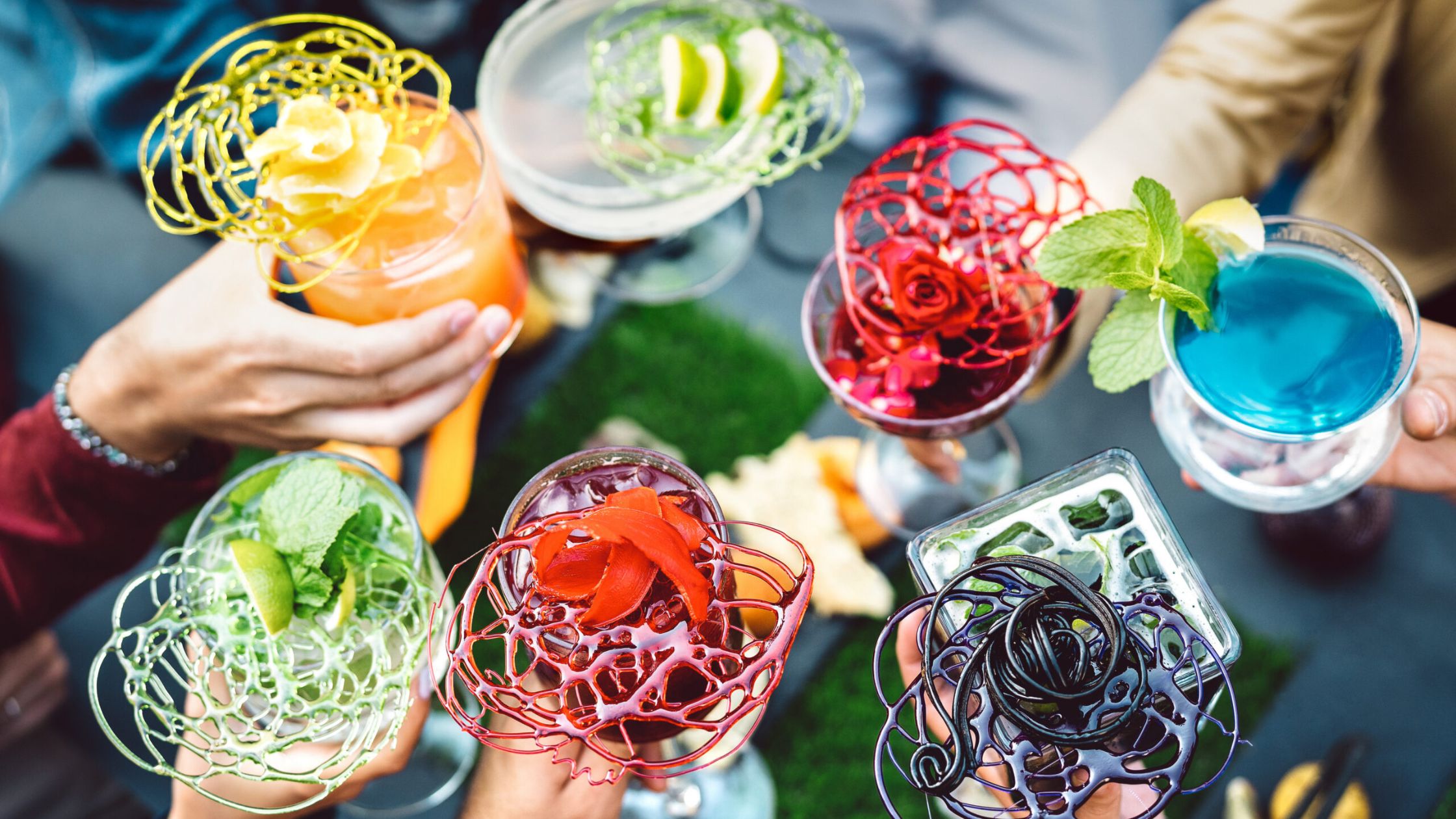
The best gin cocktails not only go beyond layering flavors; Keli Rivers suggests that the process of making cocktails can be thought of like fashion: to mix, to match, to compliment, and to contrast. “A citrus-forward gin does not require citrus,” she said, instead think of things that will offset and accent those flavors.
For example, take a gin like St. George’s Terroir gin known for botanicals like Douglas fir and coastal sage that are earthy; we can add brightness with ginger or citrus and more bitter flavors like Campari. A standout example of this is the Narc Angel cocktail at Whitechapel, it takes a classic London Dry gin and layers it with maraschino liqueur, orange curaçao, Campari, mint, lemon, and ginger. A fantastic example of building complementary flavors.
| Pro Tip: Keep a gin cocktail journal. Note what ingredients amplify or mute the gin's characteristics to refine your future mixes. This is a fun and educational step in learning how to drink gin with style. |
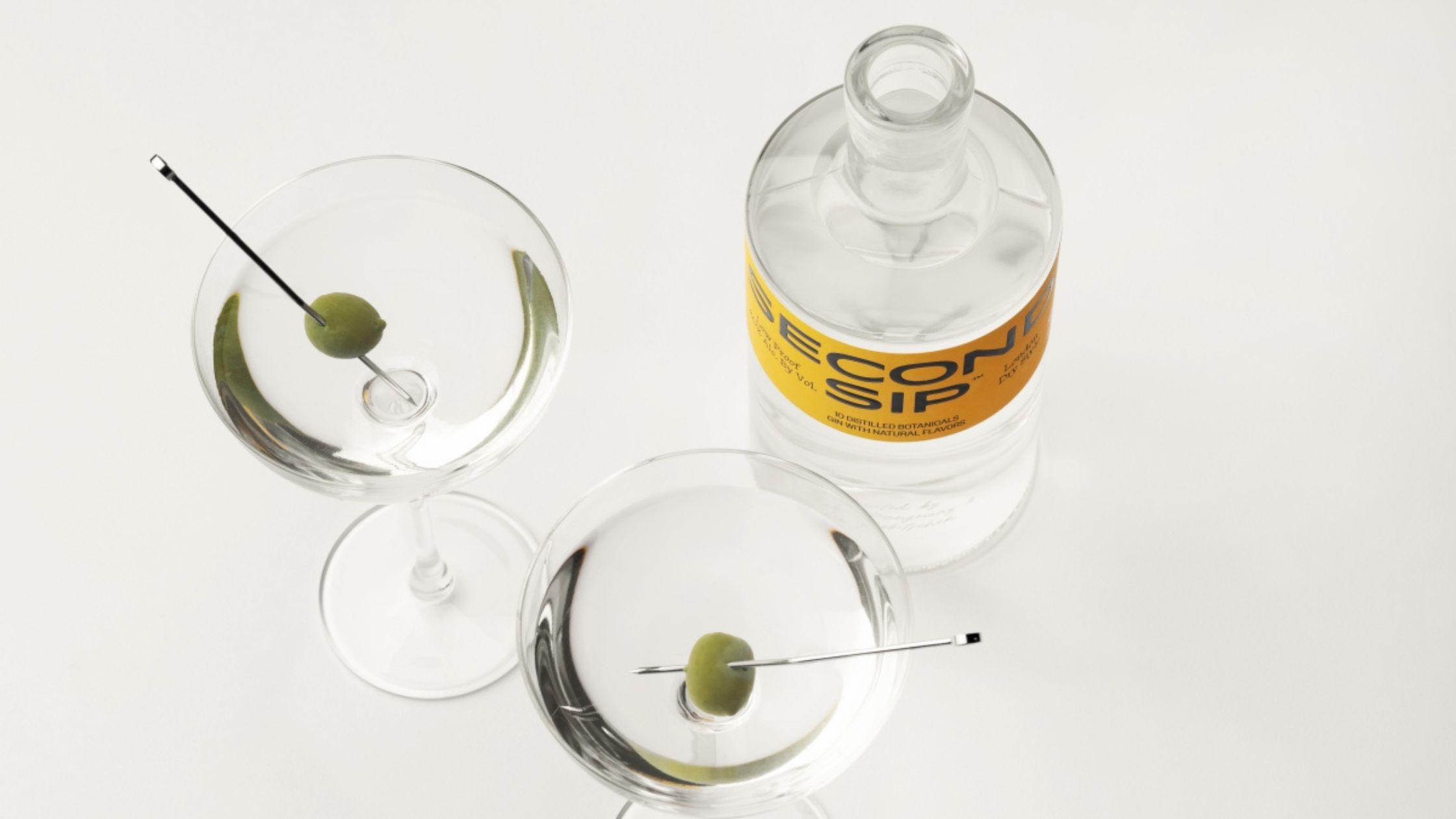
Think drinking gin neat is a hard no? You can change that. More and more distillers are aiming to make gin for neat drinking, not just for mixing. Gone are the days of saying, "That taste just like licking a pine tree" with every sip.
David T. Smith suggests experimenting with gins with interesting flavors such as cinnamon, cardamom, or floral and citrus flavor profiles. Barrel aged gins will be your best way into neat gins in that they are aged in either wine or whiskey barrels, and are a little warmer and mellower bridging the gap between gin and brown spirits like whiskey. For example, No. 209 in San Francisco produces gins barrel-aged in cabernet sauvignon for a rich, smooth finish.
| Pro Tip: Serve neat gin in a tulip-shaped glass at room temperature. Swirl gently and nose it first, just like a fine whiskey. It’s one of the best ways to drink gin for purists and explorers alike. |
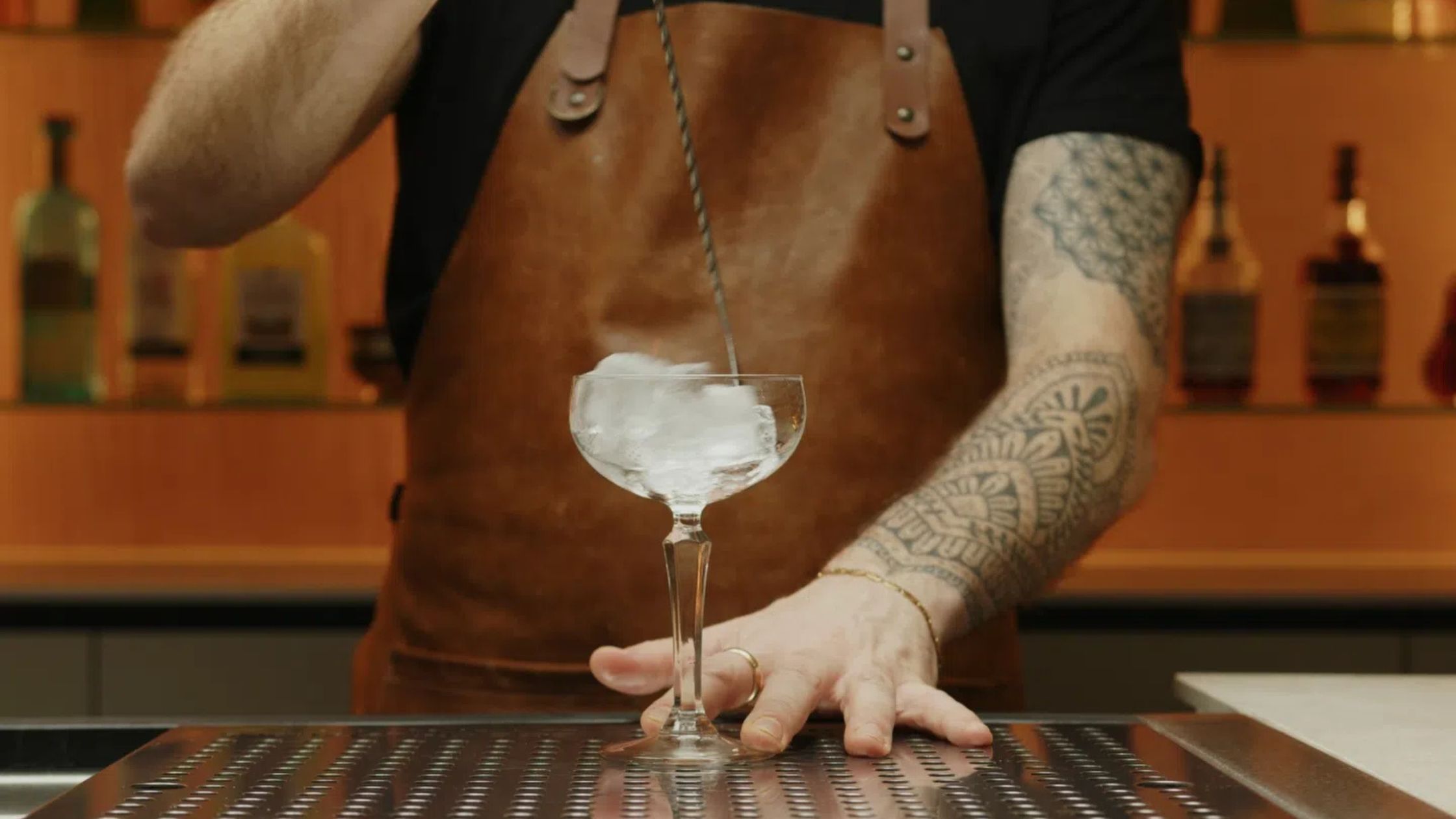
Temperature is not just a detail; it can be a game-changer. Smith explains that freezing gin changes its viscosity by transforming it into a thicker and silkier texture. And as the volume warms up in your glass, more aromatic compounds are released; then the flavor profile is evolving in real time.
Try freezing a bottle overnight, then serve it straight. Sipping slowly, note how the texture changes and flavors unfold over time.
| Pro Tip: Conduct a simple test. Pour the same gin into two glasses: one at room temperature, the other just out of the freezer. Taste both to compare mouthfeel, aroma, and flavor release. It’s a sensory-driven way to understand how to drink gin with intention. |
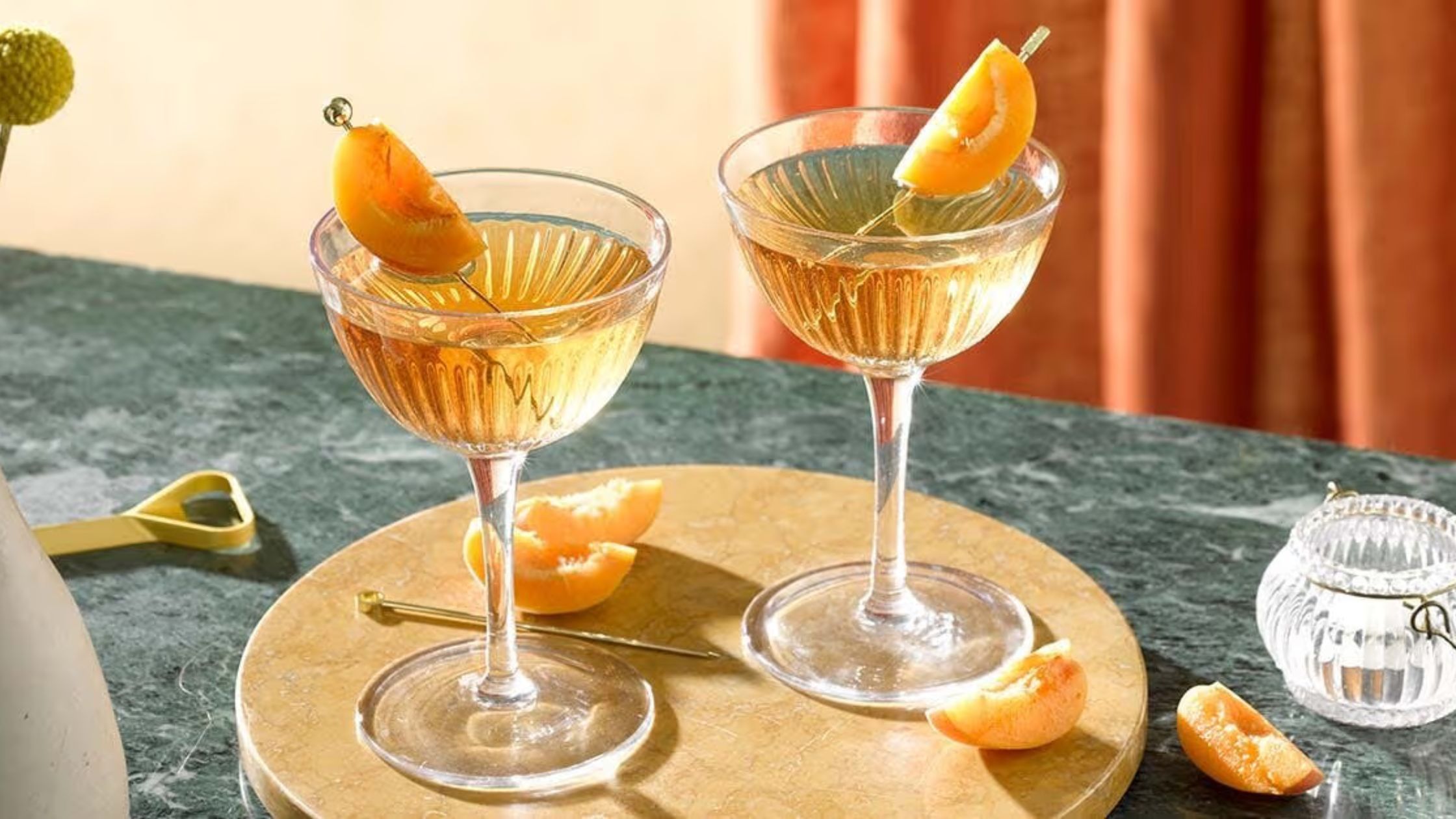
If you venture down the gin rabbit hole and want to explore history in a glass, vintage gins are next. Bars like Whitechapel in San Francisco or Lebensstern in Berlin serve tastings featuring rare pours of gins several decades old and reminiscent of the flavors of a bygone era.
Keli Rivers suggests allowing vintage gin to breathe: "First I aerate it, then I pour and taste it 10 minutes later, then another 10 minutes, then an hour later, and see how it transforms." Older gins tend to be more grain-forward and typically taste vastly different than today's styles. Comparing a 1950s bottle of Bombay Sapphire to the current iteration is a fun experiment for a spirits enthusiast.
Read also : Bombay Sapphire Gin Review: Taste, Price & Perfect Cocktails
| Pro Tip: If you get your hands on a vintage gin, sip slowly and take notes. Note how flavors change over time, revealing the evolution of gin craftsmanship. |
Drinking gin well is much more than just pouring a splash of it into tonic and calling it a day. It is a venture into the botanical world, the study of flavor chemistry, and the historical craft of distilling. Whether you're sipping a barrel-aged gin neat, exploring other ingredients to utilize in a cocktail that are complementary, or savoring a vintage gin distilled in the 1950s, you will know a unique story is being told.
Let go of your preconceived ideas, welcome experimentation, and enjoy drinking gin with a sense of adventure. There is gin for everyone; you just need to find yours. Learning how to drink gin is a discovery as much as it is a taste experience.
For Regular Updates : Join WhatsApp Channel